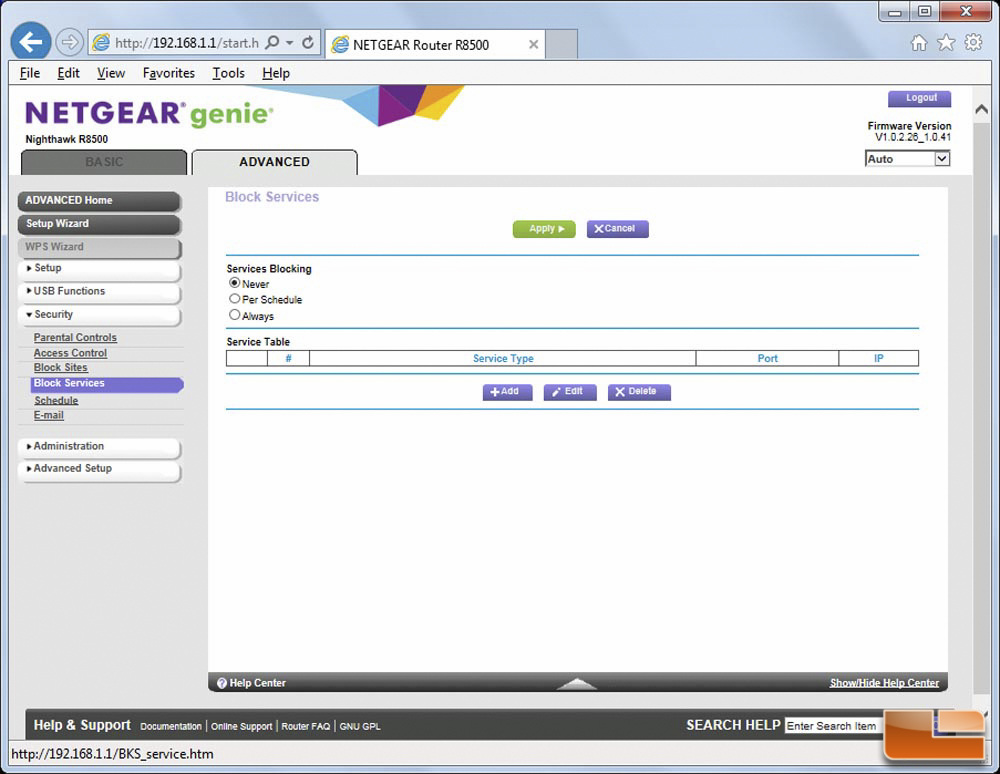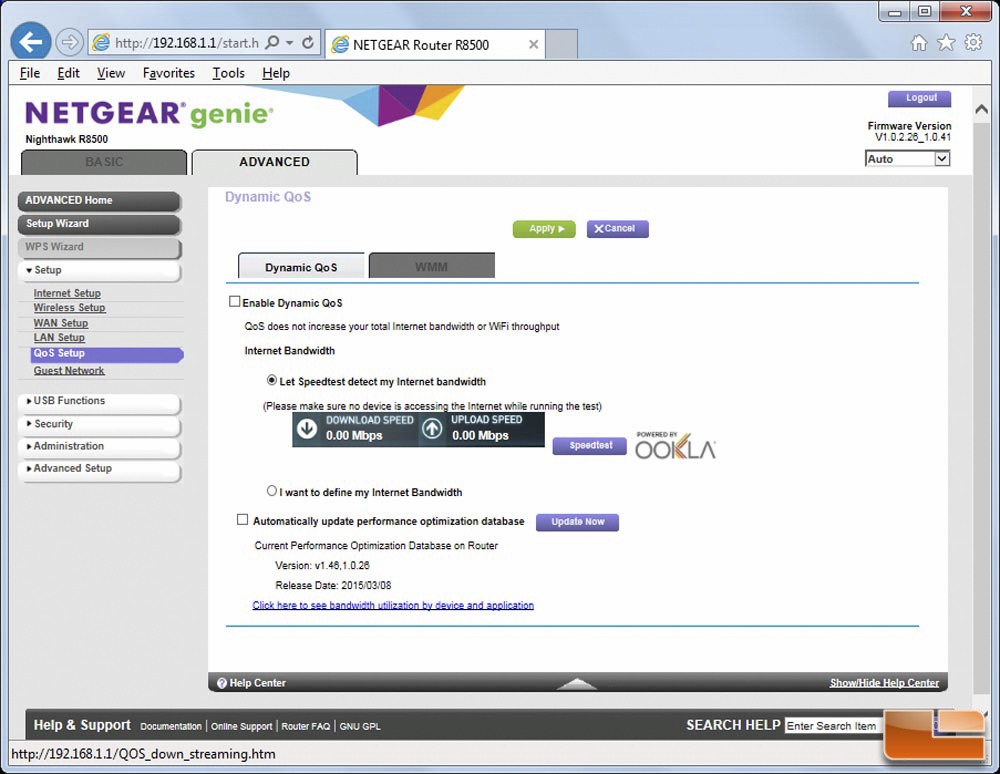
I am planning to follow this soon, but I have few questions before I start, This is a great Tutorial which I was looking for. No criticism of these instructions, they got me exactly to where I needed, Has anyone else had similar experiences once the DD-WRT router is set up? Bit of a shame as I specificaly bought it for streaming on 5GHz and could have got something for a quarter of the price to do a VPN on 2.4GHz.Īny help most appreciated. The 5GHz channel is up but nothing connects to it.

Any experience of HMA VPNs? Could this be because I'm using the LAN port and not the Internet port?ģ.
#Kong for r8500 crack#
HMAs settings vary slightly to the F/W version here, but I've worked through it but can't quite crack it. I've tried for hours to set up a HMA VPN with no luck. Any thoughts, DHCP conflict, blocking? Oddly it works absolutely fine if I use a LAN port on the Nighthawk but the light remains orange, not white?Ģ. No such luck, the internet light comes on solid but I can't get any internet service. I'd assumed I'd connect the internet port of the Nighthawk to one of the LAN powers of my modem and be away. One panic moment when the thing crashed whilst uploading the BIN file, but it worked successfully after a 30/30/30 reset. If the page is blank after applying settings, go to again, in the browser.ĭone successfully. Save again.Įxplicit Beamforming = Enable (If your 802.11ac network adapters do not support beamforming, leave this disabled we'll assume they support it, and you'll have them setup to use it.) Stop here, and Save to make new options appear. Wireless Network Name (SSID) = whatever you want in this example, we are using Secure5

After you set these, scroll to the bottom of the page, and select Save.Wireless Channel = select an unused channel from our Site Survey in the previous step in this guide, we'll use 9.Wireless Network Name (SSID) = whatever you want in this guide, we'll use Secure2Point4.Regulatory Domain = pick your actual region in this guide, we'll use UNITED_STATES.Configure these settings for the 2.4 GHz interface, wl0:.

#Kong for r8500 full#
This is an important step, as customized settings are needed to get full performance out of this router. Materials:Īrmed with knowledge of our wireless environment, we're ready to enter some new wireless settings in DD-WRT. Note: If you already have some form of DD-WRT installed on your router, skip to Step 6: Upload the BIN DD-WRT File.
#Kong for r8500 update#
I'll update this guide when a newer build has better results. Since the R7000 is less expensive, and at the time of this writing the DD-WRT wiki specifically recommends Kong's build for this device, we'll be using it in the guide. A couple of well-reviewed AC1900 routers that are supported are the ASUS AC68U and NETGEAR R7000.

We'll be using a Kong build of DD-WRT, which stably supports several newer devices. This guide is designed to help beginners configure a fast & stable DD-WRT router with basic settings and wireless. Right here, right now, we're going to solve those issues. Just choosing a router, suitable build, and revision of DD-WRT is a daunting task for a beginner traditionally, one must pore over forum posts for information about balancing stability, features, and newer device support. It's hard to choose the build for your needs (a good discussion of the various builds is here). There hasn't been an official stable release since 2008. However, it's not easy for a novice starting out with DD-WRT. It adds features, stability and configurability to consumer routers. DD-WRT is a wonderful open source custom router firmware that is supported on many devices.


 0 kommentar(er)
0 kommentar(er)
